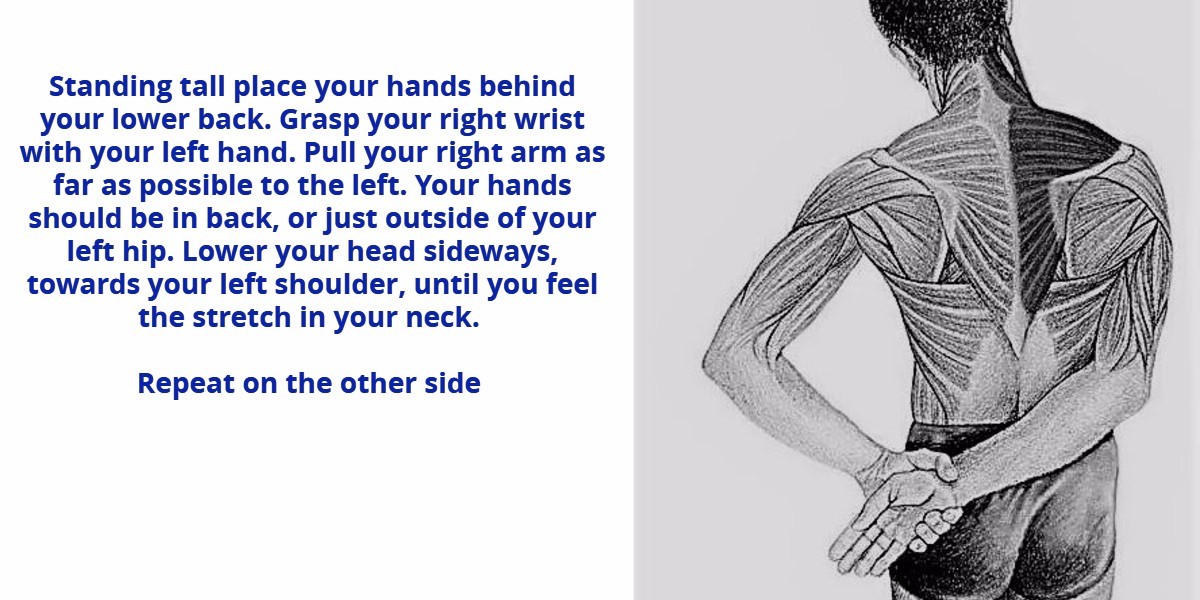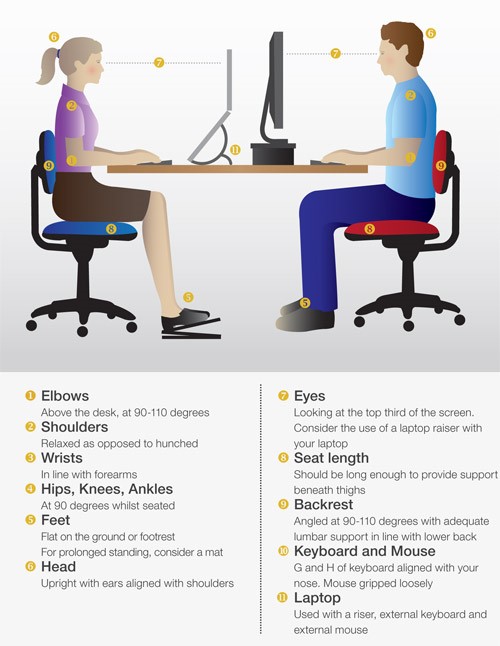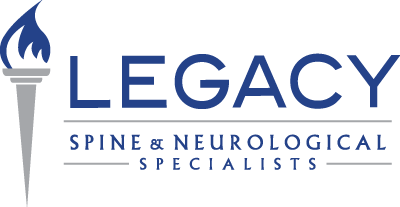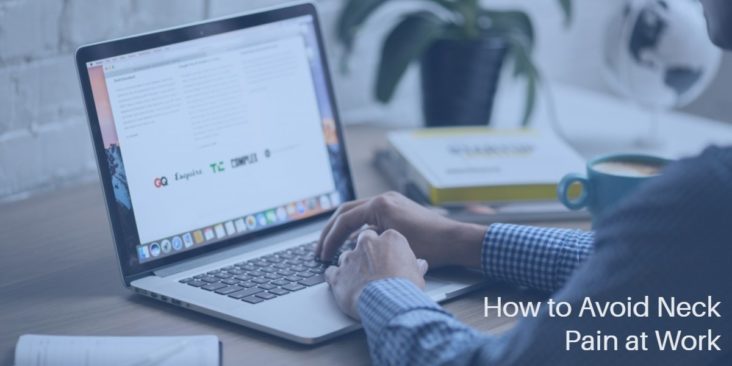Have you ever arrived to work and before the hectic day has even begun you are already experiencing the nagging and far too familiar feeling of neck pain?
By: Jessica Beggs, DPT (Legacy Neurosurgery Physical Therapist)
There are many sources of neck pain but one that is commonly overlooked is body positioning throughout the work day. According to a recent study by Caio et al. neck pain is a common condition that can cause substantial disability and is of high prevalence with individuals who perform occupational activities while sitting and leaning.1 So, what type of employment fits that job description? This data is not limited to computer programmers and call centers but instead could be applied to nearly all job styles! When sitting, leaning forward is a position that the body sometimes naturally assumes especially when driving a car, using a phone, or working on a computer. It requires countless muscle fibers to recruit and a conscious effort to maintain upright posturing.
Let’s face it, when it is crunch time at work and there is a deadline quickly approaching the last thing that on the radar of concern is proper posture. Unbeknownst to the diligent worker, there are changes occurring in muscle control, such as increased activity of superficial muscles,2 increased co-activation of the superficial muscles of the cervical spine and the upper trapezius muscle during isometric contractions, and delayed feed-forward activation of superficial and deep muscles,3 all of which may potentiate pain.
So, what is the solution?
Quit work? Stand all day? These unrealistic options for relief may leave the overworked and poorly postured individual feeling hopeless but do not get discouraged too quickly. It has been found that ergonomic interventions,4 including adjustments of the workplace station and postural correction, have been demonstrated to be effective in reducing neck pain with some work conditions. Check out the activities below for some tips and hints that you could implement to your work area that could have the potential of changing your daily discomfort!
Stretching:

Desk Setup:

Resources:
- Caio Genebra-Nicoly Maciel-Thiago Bento-Sandra Simeão-Alberto Vitta – https://www.ncbi.nlm.nih.gov/pmc/articles/PMC5537482/
- Falla, DL, Jull, GA, Hodges, PW. Patients with neck pain demonstrate reduced electromyographic activity of the deep cervical flexor muscles during performance of the craniocervical flexion test. Spine (Phila Pa 1976) . 2004;29:2108–2114.
- Falla, DL, Bilenkij, G, Jull, GA. Patients with chronic neck pain demonstrate altered patterns of muscle activation during performance of a functional upper limb task. Spine (Phila Pa 1976) . 2004;29:1436–1440.
- Pillastrini, P, Mugnai, R, Farneti, C, et al. . Evaluation of two preventive interventions for reducing musculoskeletal complaints in operators of video display terminals. Phys Ther . 2007;87:536–544.

